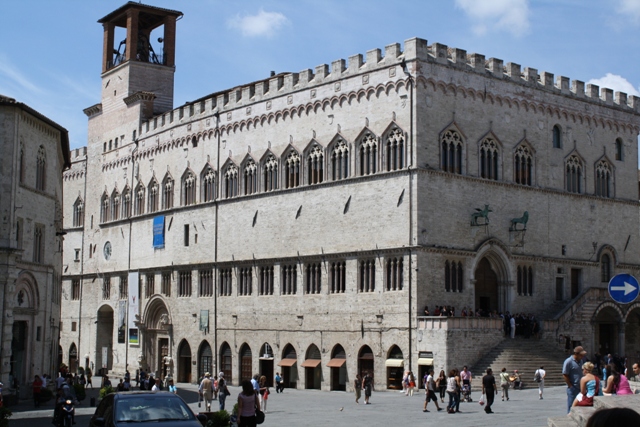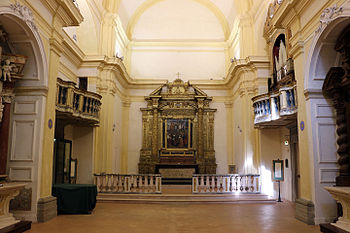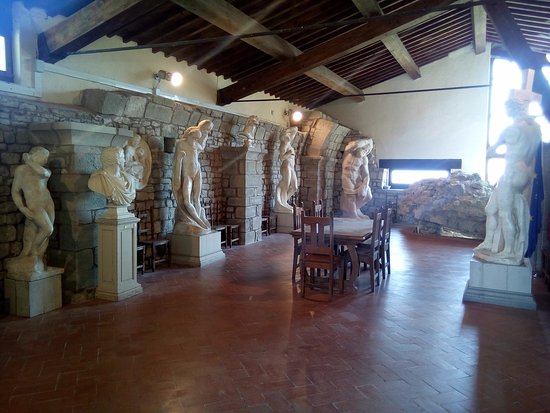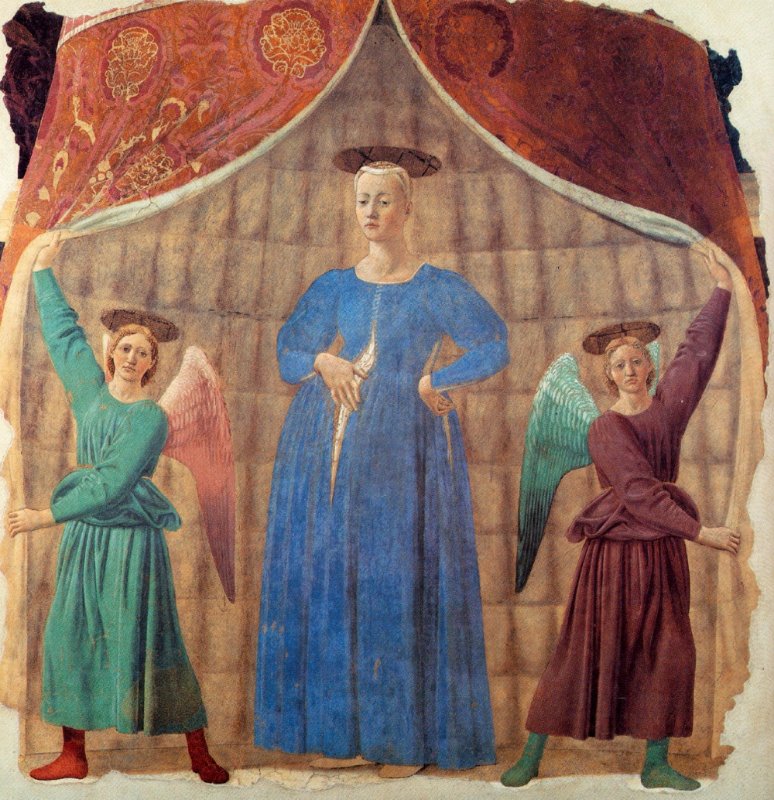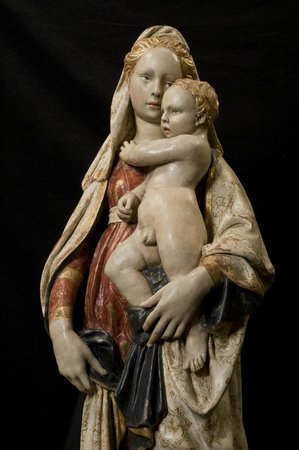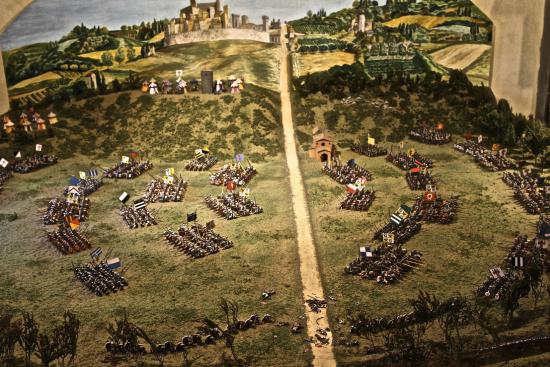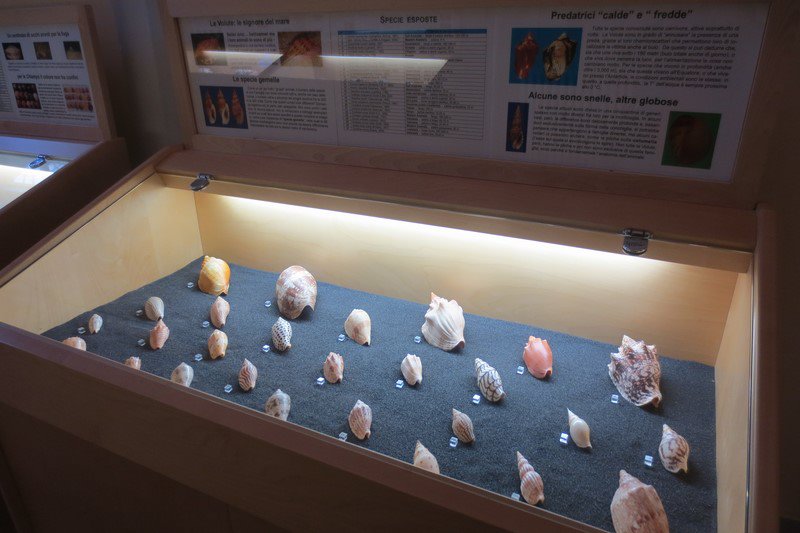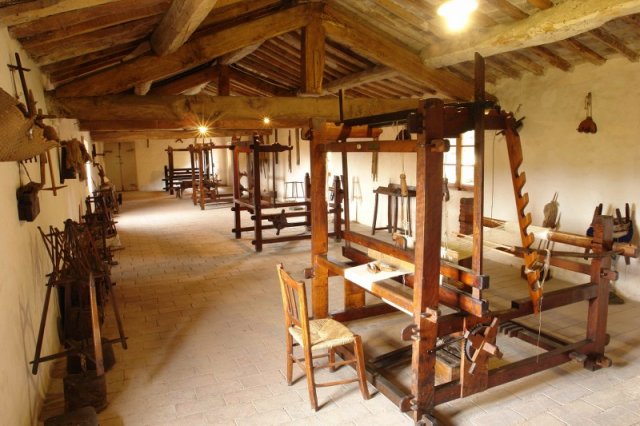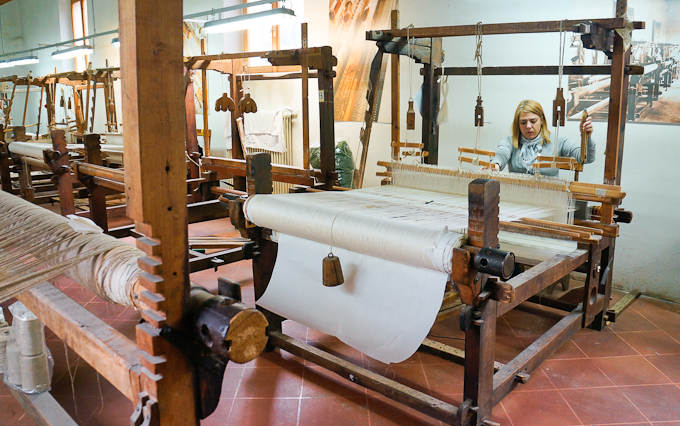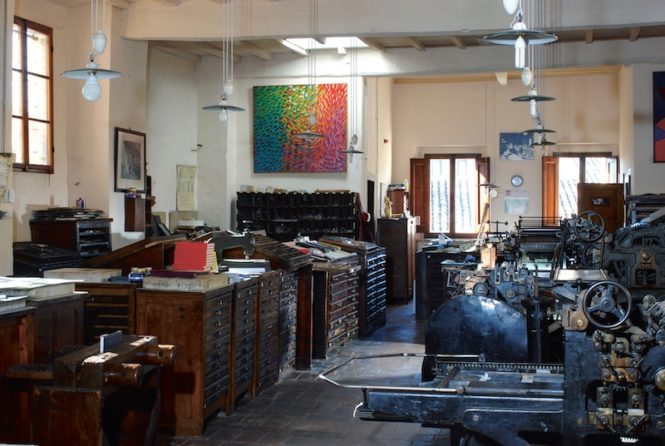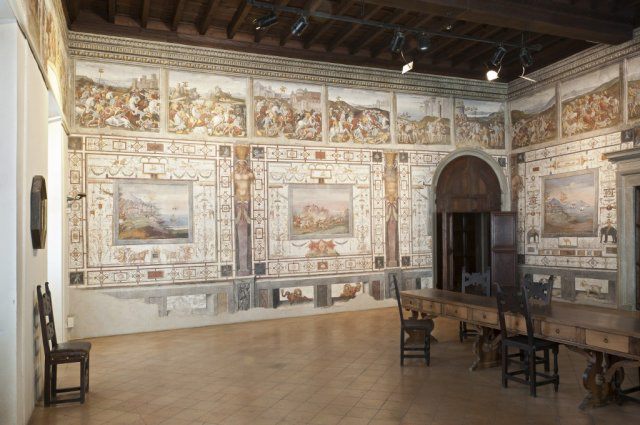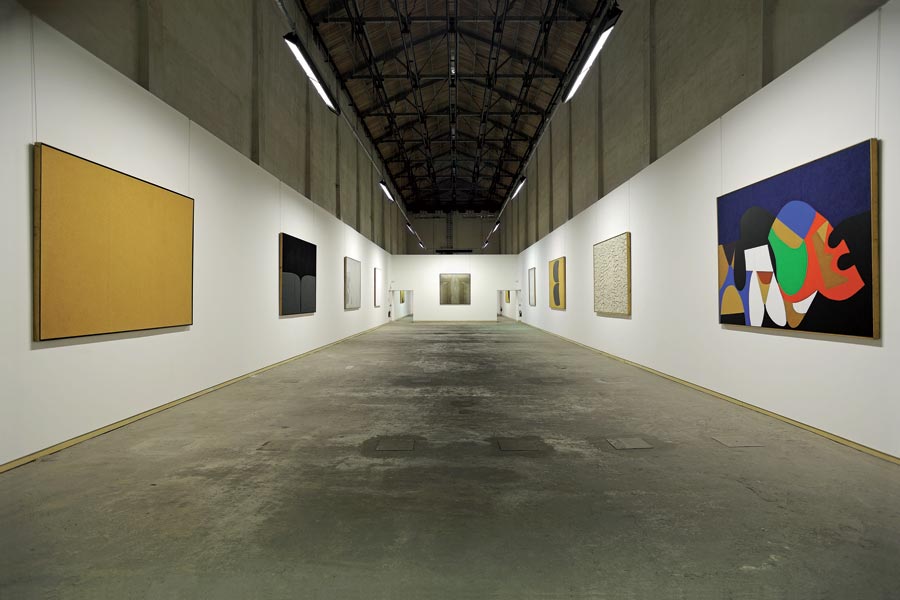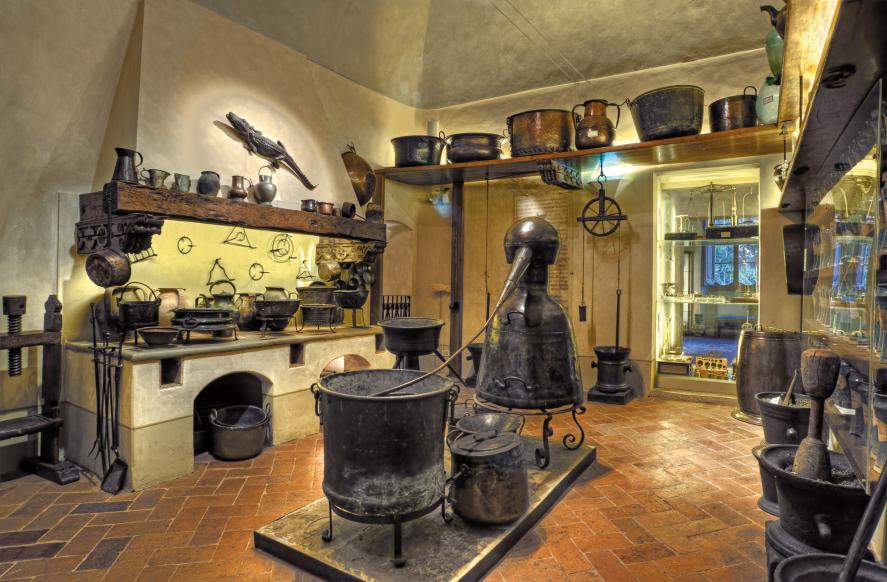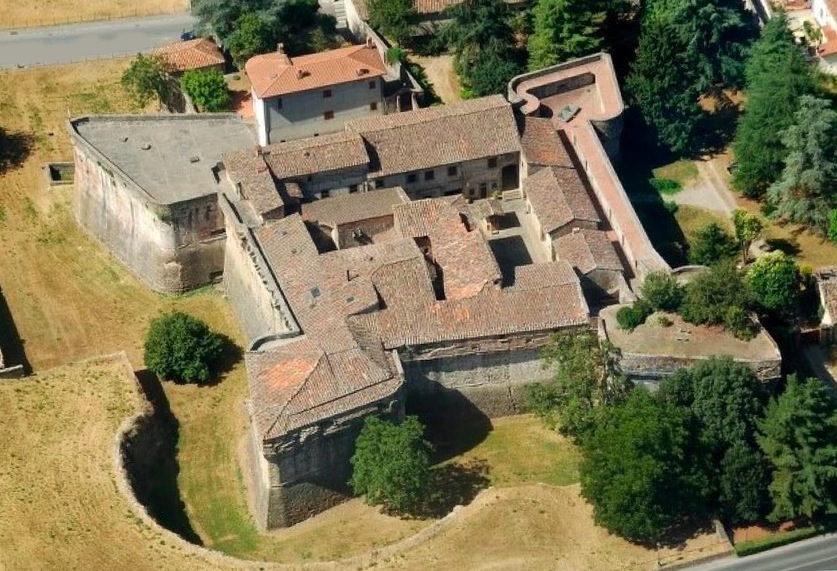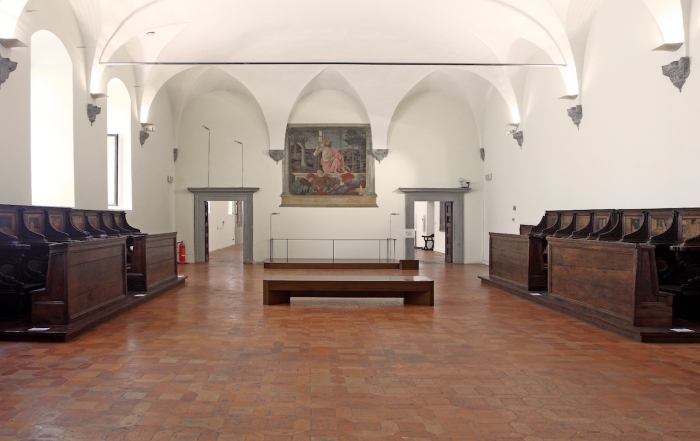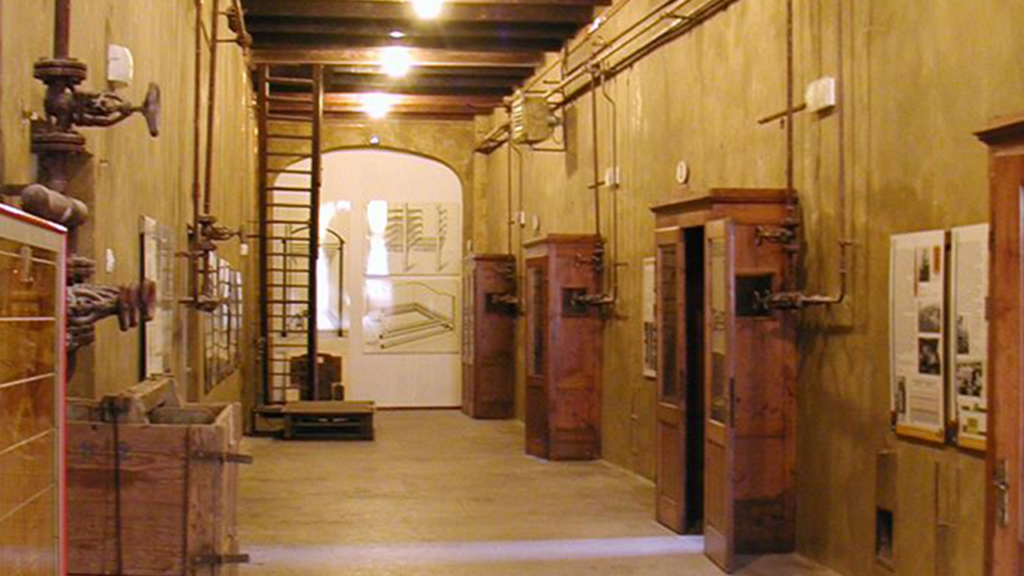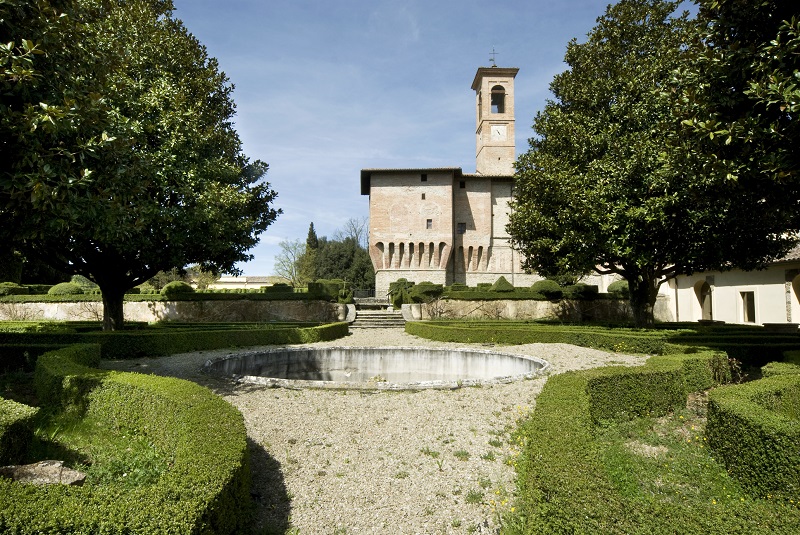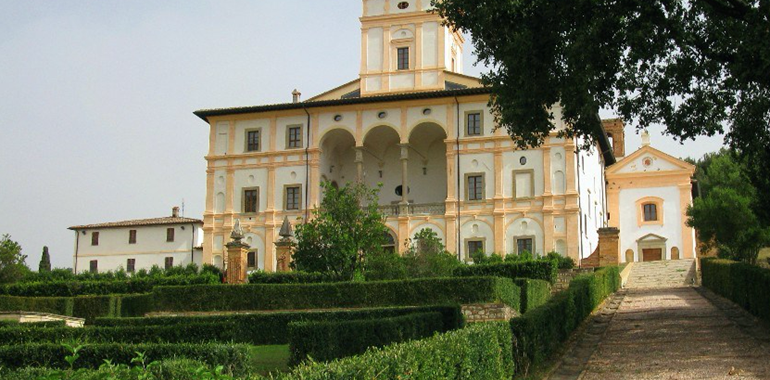Art
NATIONAL GALLERY OF UMBRIA – Perugia
The National Gallery of Umbria is one of the richest collections in Italy with works of international interest. The artistic evidence it preserves ranges from paintings on wood, canvas and wall to wood and stone sculptures, goldsmithery and textiles, examples of the artistic production developed between the thirteenth and nineteenth centuries. The collections of …
MUSEUM SANTA CROCE – Umbertide
The museum is set up inside the Church of Santa Croce, the ancient oratory of the homonymous confraternity. The Umbertide museum is part of the unique ticket of the Terre & Musei dell’Umbria circuit. The fourteenth-century church of Santa Croce houses the City Museum. The altarpiece of the Deposition on the high altar, painted by …
MUSEUM MICHELANGIOLESCO – Caprese Michelangelo
The Michelangelo Museum is located at the fortress of Caprese Michelangelo; it consists of three main buildings, the Palazzo del Podestà, Palazzo Clusini and the Corte Alta, and a garden with outdoor exhibition. The original nucleus of the museum, founded in 1875, revolves around the Palazzo del Podestà, a building dating back to the first …
CIVIC MUSEUMS OF MADONNA DEL PARTO – Monterchi
The Museum of the Madonna del Parto in Monterchi preserves the splendid fresco by Piero della Francesca, one of the most famous of the artist from Arezzo and one of the highest expressions of the Renaissance. The work, which was originally located in the chapel of Santa Maria di Momentana in Monterchi, is shrouded in …
THE MADONNA OF DONATELLO – Citerna
The Madonna of Citerna is certainly one of the most fascinating and daring discoveries in the field of art in recent years, a discovery that has revealed to the public a masterpiece of undoubted artistic and cultural value. It was in 2004 when the volume Madonna di Citerna, Donatello’s unpublished terracotta, dedicated to the statue …
MUSEUM OF THE BATTLE OF ANGHIARI
There are many important works that the palace hosts: The Pleistocene Bifacial: on display is a selection of the most significant pieces from a collection of over 8000 instruments and splinters, belonging to the former “Centro Studi Archeologici e Naturalistici Altotiberino”. It is made up of: points, scrapers, toothbrushes, levallois nuclei and bifacials. The basin …
MALAKOS MALACOLOGICAL MUSEUM – Città di Castello
From the Pacific to the Indian Ocean, from the Red Sea to the Mediterranean: it is “Malakos” which, with about 600 thousand specimens catalogued, represents the largest private shell collection in Europe. The collection, in the Villa Cappelletti headquarters in Città di Castello, is a real exploratory journey through the shells of all seas. The …
DOCUMENTATION CENTRE OF POPULAR TRADITIONS
The Documentation Centre of Popular Traditions and Craftsmen’s Workshops of Umbria is housed in the Villa Capelletti complex in Garavelle, 1 km from the centre of Città di Castello. It is one of the first examples in Italy of a collection of objects linked to rural tradition. The museum of popular traditions is set up …
UMBRA CANVAS – Città di Castello
The Laboratorio Tela Umbra, founded in 1908 by Baroness Alice Hallgarten and her husband Leopoldo Franchetti, is a unique historical and productive experience. It is the only workshop in which pure linen is handcrafted using handlooms from the late 19th century, using original designs from the medieval and Renaissance periods. Alice Hallgarten Franchetti, a young …
DONATI GRIFATI TYPOGRAPHY- Città di Castello
Italy, because of its economic and cultural liveliness, is the country where the technique of printing with movable type (Subiaco 1465), invented by the German Gutenberg in the middle of the fifteenth century, was the first to spread. In Umbria in Foligno, already in 1472, the Mainz cleric Johan Numeister printed the first edition of …
MUNICIPAL PICTURE GALLERY – Città di Castello
The Municipal Picture Gallery was housed in its present location when in 1912 Elia Volpi, internationally renowned painter, restorer and antiquarian, donated the sixteenth century Palazzo Vitelli to the Town Hall. Built at different times, the building took on its definitive appearance in the first half of the sixteenth century and was so named because …
BURRI FOUNDATION – Città di Castello
The Palazzo Albizzini “Burri Collection” Foundation was founded in 1978 by Alberto himself Burri, with a first donation, endowed it with thirty-two works. It was recognised by decree of the President of the Regional Council of Umbria and took the name of the building that hosts it. The Collection at Palazzo Albizzini was opened to …
ABOCA MUSEUM – Sansepolcro
Aboca Museum is the only and original Museum of Herbs that recovers and hands down the history of the millenary relationship between man and plants. Through the Erbe e Salute nei Secoli (Herbs and Health in the Centuries) route, visitors will be amazed by the prestigious Renaissance seat of Palazzo Bourbon del Monte, in via …
MEDICEA FORTRESS OF GIULIANO DA SANGALLO – Sansepolcro
also called Fortress of Sansepolcro From Sangallo to Sansepolcro. Going south along via Niccolò Aggiunti, right on the final part we will meet the Medici fortress of Giuliano Giamberti da Sangallo (1445-1516), dating back to the beginning of 1500. The first fortress was built by the Malatesta family, between the 14th and 15th centuries, on …
SANSEPOLCRO CIVIC MUSEUM – Sansepolcro
The origins of the building that houses the Civic Museum of Sansepolcro are fourteenth-century. The rebuilding, above a previous building, was carried out at the behest of Galeotto Malatesta, around the early 1300s. Evidence of these historical origins are the underground rooms, once stables of the palace and which today house the treasure of the …
TOBACCO MUSEUM – San Giustino
Historical and scientific museum of tobacco San Giustino Umbro – Perugia Via Toscana, 06016 San Giustino Umbro PG In the area that first saw the cultivation of tobacco, the museum is located in the headquarters of the former tobacco growers’ consortium in the centre of San Giustino. Inside the museum it is possible to see …
BUFALINI CASTLE – San Giustino
Located right in the centre of the village of San Giustino, the complex of Palazzo Bufalini (XV- XVI century) looks like an elegant residence surrounded by greenery within the walls. The quadrangular fortress with four towers has the characteristics of military architecture in which medieval elements coexist with more modern Renaissance buildings. From 1487, the …
ARCHEOLOGICAL MUSEUM VILLA MAGHERINI GRAZIANI – San Giustino
A splendid example of a late Renaissance noble villa, Palazzo Magherini Graziani stands halfway up the hill in an open panoramic position overlooking the Tiber Valley. The villa was built by Carlo Graziani, an exponent of the typhernate family of Tuscan origin, at the beginning of the eighteenth century by commissioning the architect Antonio Cantagallina. …

